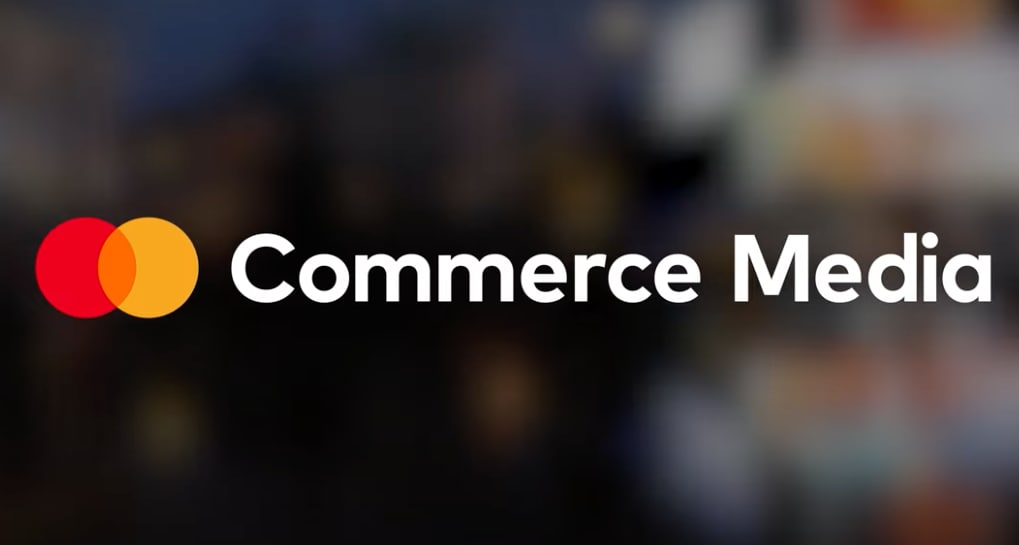Mastercard bets on data to build a new digital media network - Commerce Media
Mastercard has launched Commerce Media, a new digital media network that leverages its transaction data and partnerships with Citi, WPP and Microsoft to deliver personalized advertising and measurable returns in the booming retail media market.
ADVERTISEMENT
Mastercard on Thursday introduced Mastercard Commerce Media, a new digital media platform designed to help brands more precisely target consumers by drawing on the company’s enormous trove of transaction data.
The initiative marks a push by the payments giant into the fast-expanding retail media sector, where retailers and financial firms are racing to build advertising networks that connect brands to consumers with personalized offers. Mastercard says its scale and role at the center of global commerce set it apart from rivals.
With 25,000 advertisers already using its services and reach into 500 million enrolled consumers, the company argues it can deliver meaningful returns. It processed more than 160 billion transactions in 2024, and claims its system generates as much as a 22-times return on ad spend for marketers across categories including retail, travel, entertainment and dining.
"We understand how to connect advertisers to consumers and consumers to the products, services and experiences they value,” said Craig Vosburg, Mastercard’s chief services officer. “Mastercard Commerce Media is a natural extension of the trusted connections we’re known for and the work we already do across our unique suite of services. That means we're not just well-positioned to bring a full-scale commerce media network to life — we're best-positioned."
The network is being built in partnership with companies including Citi, WPP, American Airlines and Microsoft. Mastercard says its ties to Citi will help provide scale, while its work with WPP opens doors to brands and agencies in the traditional media business. With Microsoft, Mastercard is experimenting with embedding the service into Copilot Studio, the tech company’s agentic commerce platform.
The launch comes as retail media networks have become one of the fastest-growing segments of digital advertising. Research firm eMarketer projects spending on such channels in the United States will approach $100 billion by 2028. But advertisers have voiced frustration with inconsistent measurement and a lack of transparency across providers.
Mastercard says its advantage lies in linking ad exposure to actual spending, whether online or in stores, through its proprietary card-linking technology. That attribution, it argues, gives brands confidence that their campaigns are driving real results.
The company also pitches benefits for publishers and consumers. Publishing partners, it says, can use Commerce Media to deliver more relevant content and build loyalty, while consumers who opt in can expect targeted promotions and offers, rather than a “blanket of generic ads.”
How the system works is relatively straightforward: advertisers provide Mastercard with offers and content, such as discounts or cashback rewards. Using permissioned data, Mastercard identifies the right audience, delivers the offer and then links it to purchases made on enrolled cards. The company can then track and attribute the sale to the campaign.
Mastercard plans to expand the network over time, adding new distribution channels like digital wallets and point-of-sale systems, and deepening integrations with its other services such as personalization tools from Dynamic Yield and media optimization technologies in its marketing services arm.
For now, the company is betting that its ability to marry transaction data with media delivery will give it an edge in a crowded field — and a new source of growth in a digital ad market under increasing scrutiny for performance.

